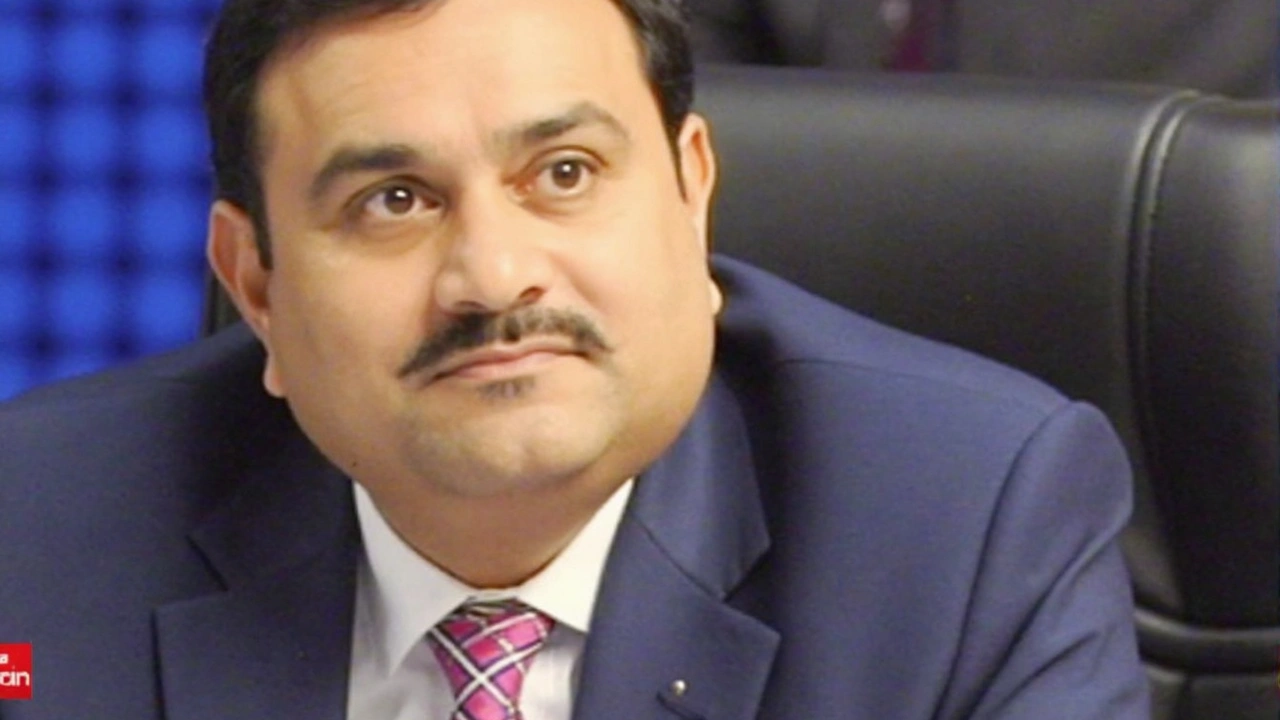Power Transmission Explained: How Electricity Gets to Your Home
Ever wonder why you can switch on a light and get instant power? That magic starts with power transmission, the process that moves electricity over long distances from power plants to neighborhoods. In simple terms, transmission is the high‑voltage highway that connects the source of electricity to the local grids that deliver it to you.
Without transmission, generators would have to be right next to every house, which is impossible. Transmission lines let us place big power plants where fuel or wind is best, then ship the energy efficiently across states or even countries.
Key Components of Power Transmission
The backbone of the system includes three main parts: generating stations, transmission lines, and substations. Generating stations—whether coal, gas, nuclear, hydro, or solar—produce electricity at a relatively low voltage. To move that power far, we step it up using step‑up transformers, which raise the voltage to 110 kV, 220 kV, or even 765 kV. Higher voltage means less loss because the current running through the wires is lower.
Next come the transmission lines themselves. These are the tall steel towers you see along highways or crossing fields. They hold conductors—usually aluminum or aluminum‑steel composites—that carry the high‑voltage electricity. Some lines are overhead; others are buried underground in urban areas to reduce visual impact and improve safety.
When the high‑voltage power reaches the destination region, substations step the voltage back down. Step‑down transformers lower the voltage to a level suitable for local distribution—typically 33 kV or 11 kV. From there, smaller distribution lines bring electricity directly to homes and businesses.
Challenges and Future Trends
Even though the system works well, it faces a few hurdles. Heat loss, line sag, and weather damage can affect reliability. Maintaining thousands of miles of towers and conductors is costly, and outages can ripple across large areas.
Another challenge is integrating renewable energy. Solar and wind farms are often far from cities, so new high‑capacity lines are needed. Smart grid technology helps by using sensors and automated controls to detect faults quickly and reroute power when needed.
Looking ahead, we see two big trends. First, ultra‑high‑voltage (UHV) lines—running at 1,000 kV or more—promise even lower losses for cross‑country transmission. Second, underground and submarine cables are gaining ground for densely populated or environmentally sensitive regions, despite higher upfront costs.
In short, power transmission is the invisible network that makes modern life possible. Understanding its basics helps you appreciate why keeping the lights on is a team effort that spans engineers, regulators, and everyday users alike.
